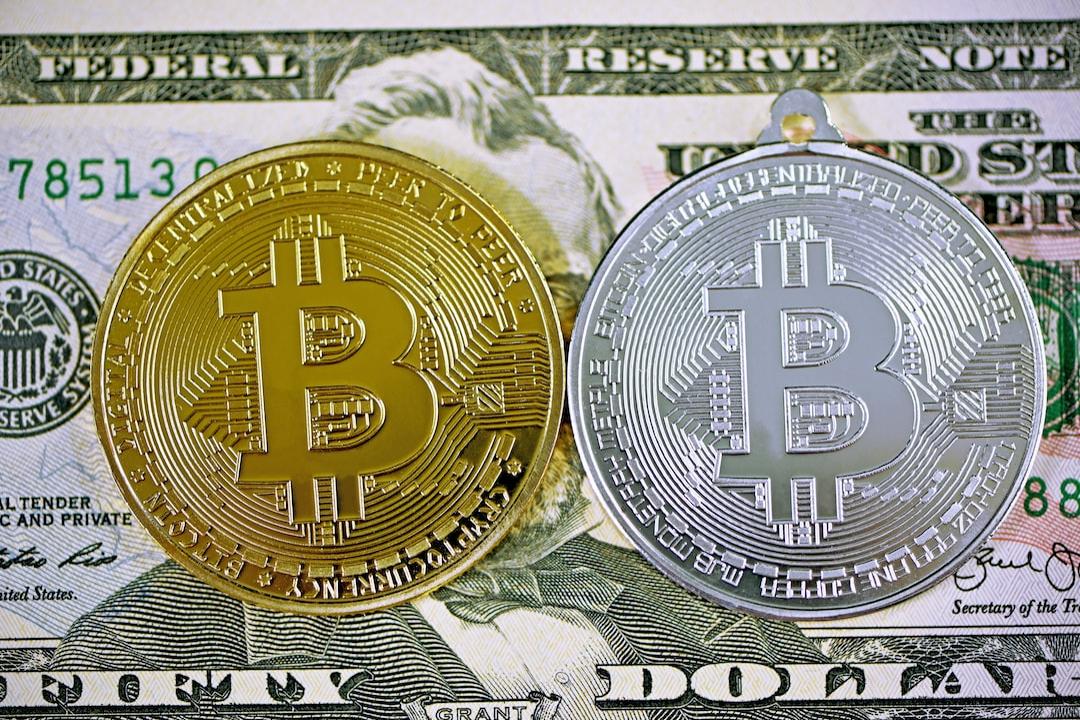Today, EigenLayer announced the details of the airdrop, which will distribute 5% of the EIGEN tokens for the first season airdrop program. It is worth noting that the EIGEN tokens will be in a non-transferable state during the initial claiming period. This non-transferable state is expected to last for several months.
On the other hand, EigenLayer announced that the snapshot time is set for March 15th. This means that the points accumulated after the snapshot will not be included in the first season airdrop. The significant difference in expected value between the first and second season airdrops has led to a decline in YT and PENDLE tokens on Pendle, and many users who participated during this period have complained about the points system.
The points system originated from the launch of the Blast project by Blur in November 2023. Although the points system was not pioneered by them, Blast officially kicked off the trend of the points system through a series of viral marketing methods and market sentiment.
Various projects on different chains have started to introduce points systems. For example, within the EigenLayer ecosystem, there are projects like Swell, Renzo, Puffer Finance, and Eigenpie. There are also DeFi protocols like Hyperliquid (Arbitrum), Scallop (Sui), and Drift (Solana). The Bitcoin ecosystem also has projects like B2 Network and BounceBit. Other types of projects include wallets like Rabby Wallet and the on-chain real estate index trading platform Parcl.
When the points system started to become popular, the points trading market Whales Market also emerged. On December 26th, 2023, the platform was officially launched and its token market value reached nearly $70 million in just one month. As of January 30th, the trading volume exceeded $20 million.
Whales Market’s rapid rise can be attributed to meeting the needs of users in the points system and reflecting the characteristics of the points system. Before the widespread adoption of the points system, the size of funds was not the main factor in project interactions and airdrops. However, in the points system, the amount of funds became the primary factor for measuring points, and it was no longer possible to rely on multiple accounts to increase profits. To attract large investors to invest significant capital in a single project, they need to have sufficient certainty and security. Whales Market, with its well-established points trading market and clear points acquisition system, can estimate the approximate return on investment.
Although the points system provides a clear return on investment, users generally believe that it has turned airdrop interactions into a “game for large investors.” Previously, smaller users could make up for the difference through long-term interactions to earn substantial profits and accumulate wealth. However, the points system restricts the entry of large investors who need to form studios to leverage their capital advantage, resulting in one-sided dominance.
For example, in EigenLayer’s airdrop, Sun Yuchen’s EIGEN airdrop amount reached 3,559,570 tokens, accounting for 4.26% of the first season airdrop amount of 83.5 million tokens.
On the other hand, whether a protocol, ecosystem, or public chain can attract users should ideally be based on the product itself, solving user needs and pain points. However, in the points system, it has brought in funds but mostly in the form of “toxic TVL.” The influx of funds is not determined by the improvement or decline of the product, but rather by the change in the points system and the expected returns. The points system attracts farmers instead of users or builders.
Especially in recent cases where projects with extremely high TVL perform far below market expectations after their official launch, blindly boosting TVL without sufficient community, product, and user awareness results in backfire.
As mentioned earlier, the specific exchange rules between points and airdrop tokens are still determined by the project, and points do not guarantee returns. The points system has been causing dissatisfaction for a long time, and perhaps the next large-scale points project backlash will mark the end of the points system era.


